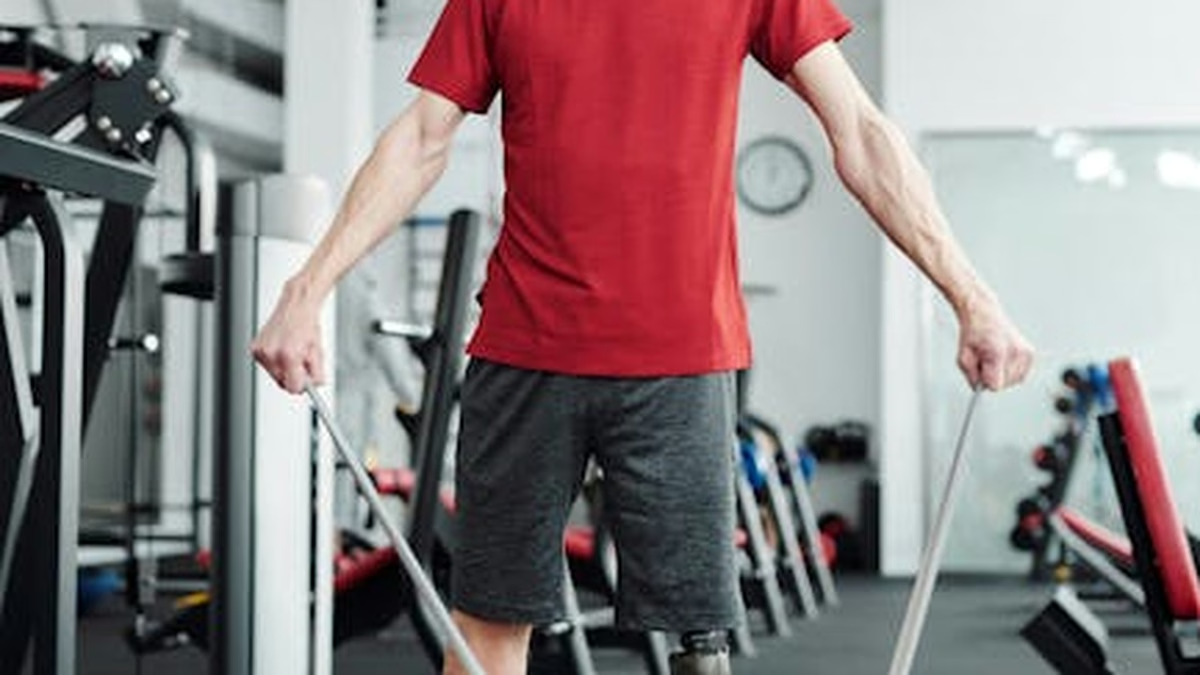Have you ever watched a professional athlete move with such effortless grace and power, wondering what their secret is? It’s not always about grueling hours lifting heavy weights or endless cardio sessions. Often, the key to their superior performance lies in something far more fundamental, yet often overlooked: mobility. It’s the unsung hero of athletic achievement, the foundation upon which strength, speed, and agility are built.
Why Mobility Matters More Than You Think
We often equate fitness with strength and endurance, but true fitness encompasses the ability to move freely and efficiently through a full range of motion. That’s where mobility comes in. Think of it as the oil that keeps your body’s engine running smoothly. Without it, your joints become stiff, your muscles tight, and your movements restricted, leading to decreased performance and an increased risk of injury.
Mobility is about more than just flexibility. While flexibility refers to the ability of a muscle to lengthen, mobility encompasses the entire joint’s ability to move through its full range of motion with control and stability. It’s a dynamic process that involves the interplay of muscles, tendons, ligaments, and the nervous system.
The Performance Benefits of Improved Mobility
Improved mobility can have a profound impact on your athletic performance, regardless of your sport or activity. Here’s how:
Also Read: Why Staying Consistent Beats Going Hard in the Gym Every Time
- Enhanced Range of Motion: Allows you to execute movements with greater efficiency and power. Imagine a baseball pitcher with limited shoulder mobility – they won’t be able to generate the same velocity as someone with a full range of motion.
- Reduced Risk of Injury: By improving joint stability and muscle elasticity, mobility work helps protect against strains, sprains, and other common injuries. A flexible and mobile body is a resilient body.
- Increased Strength and Power: When your joints can move freely, your muscles can contract more effectively, leading to greater strength and power output. Think of squatting deeper with better hip mobility to engage more muscle fibers.
- Improved Posture and Alignment: Mobility exercises can help correct postural imbalances and improve alignment, leading to better biomechanics and reduced stress on your joints.
- Faster Recovery: Improved circulation and reduced muscle tension can accelerate recovery after intense workouts.
Practical Mobility Exercises You Can Start Today
Incorporating mobility work into your routine doesn’t have to be complicated or time-consuming. Even 10-15 minutes of daily mobility exercises can make a significant difference. Here are a few examples:
- Hip Mobility: Hip circles, glute bridges, pigeon pose, and deep squats.
- Shoulder Mobility: Arm circles, shoulder dislocates (using a light band), thoracic spine rotations, and wall slides.
- Ankle Mobility: Ankle circles, calf stretches, and dorsiflexion exercises.
- Spinal Mobility: Cat-cow stretch, spinal rotations, and side bends.
Remember to listen to your body and avoid pushing yourself into painful positions. Start slowly and gradually increase the range of motion as your mobility improves. Consider using a foam roller or massage ball to release muscle tension before or after your mobility work.
Integrating Mobility into Your Training
The key is consistency. Aim to incorporate mobility exercises into your warm-up routine before each workout and as part of your cool-down afterward. You can also dedicate specific days to mobility work, focusing on areas where you feel particularly tight or restricted. Remember that mobility isn’t a one-time fix; it’s an ongoing process.
Beyond the Gym: Mobility for Everyday Life
The benefits of mobility extend far beyond the gym or the playing field. Improved mobility can enhance your overall quality of life, making everyday activities like bending, reaching, and walking easier and more comfortable. It can also help prevent age-related decline in joint function and reduce the risk of chronic pain.
Think about how often you perform simple movements each day. Good mobility makes these movements easier and safer. From picking up your children to reaching for items on a high shelf, mobility helps you navigate the world with greater ease and confidence.
Mobility is not just for athletes; it’s for everyone. It’s an investment in your long-term health and well-being. By prioritizing mobility, you can unlock your body’s full potential and live a more active, fulfilling life.
So, take a moment today to appreciate the power of movement. Embrace the practice of improving your mobility, and you’ll be amazed at the difference it can make. You might not become a professional athlete overnight, but you’ll definitely feel better, move better, and live better. And that’s a victory worth celebrating. Prioritizing your body’s ability to move freely is an act of self-care, a commitment to your health, and a pathway to unlocking your full potential. Start today, and feel the difference that prioritizing mobility can bring!





